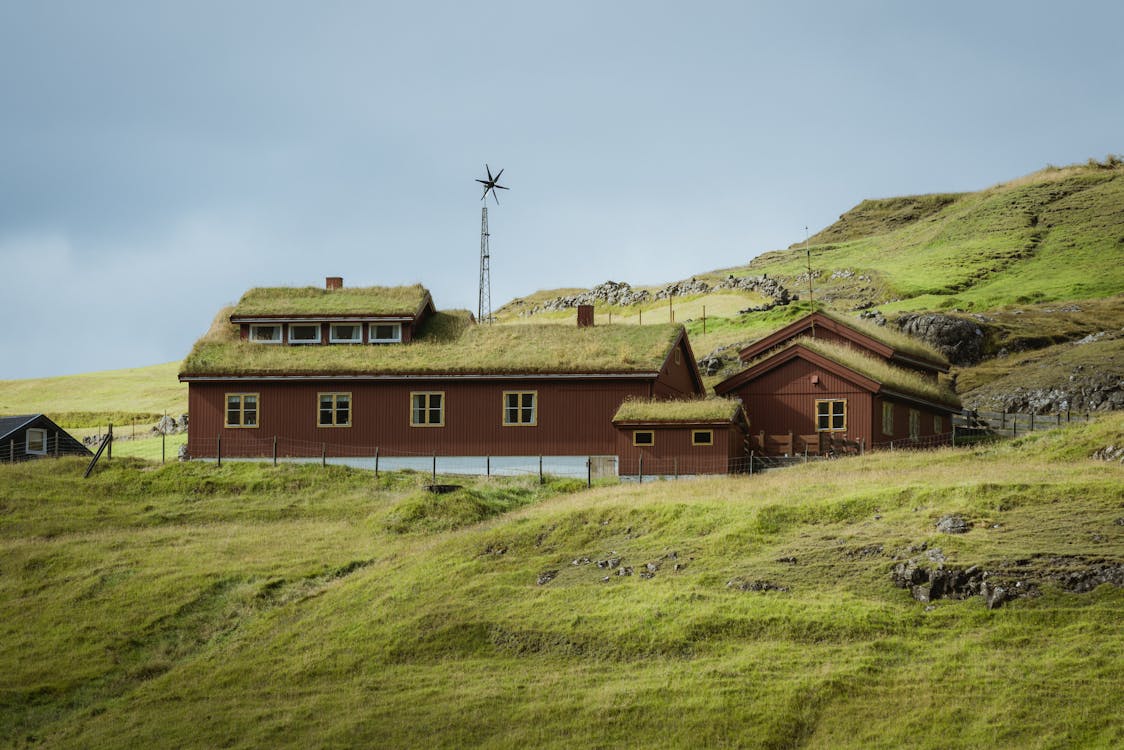The Rise of Green Roofing: A Sustainable Solution for Modern Buildings
As cities expand and environmental concerns intensify, architects and developers are seeking greener alternatives to traditional building methods. One innovation gaining traction is green roofing—a system that integrates vegetation and soil layers atop buildings to provide both ecological and structural benefits. With urban sustainability becoming a priority, green roofs are no longer just an aesthetic feature; they are a practical solution for energy efficiency, biodiversity, and climate resilience.
The surge in eco-conscious construction has been driven by rising global temperatures, increased air pollution, and the need for more efficient stormwater management. As a result, green roofs are becoming a common sight in modern urban landscapes, transforming dull concrete rooftops into lush, functional spaces.
What is Green Roofing?
A green roof is a living system installed on a building’s rooftop, consisting of vegetation, a growing medium, drainage layers, and waterproofing membranes. Unlike traditional roofs, which absorb and radiate heat, green roofs help regulate building temperatures, reduce water runoff, and improve air quality.
There are two primary types of green roofs:
-
Extensive Green Roofs – Lightweight and low-maintenance, these feature hardy plants like sedum and moss. They are ideal for buildings that cannot support heavy loads and require minimal upkeep.
-
Intensive Green Roofs – These mimic traditional gardens, supporting shrubs, trees, and even small urban farms. While they offer greater biodiversity and aesthetic appeal, they require a robust structure and ongoing maintenance.
Both types contribute to urban sustainability by reducing energy consumption, filtering pollutants, and providing habitats for birds and insects.

The Benefits of Green Roofs
Green roofing offers a range of benefits that extend beyond just environmental impact:
1. Environmental Benefits
Green roofs contribute significantly to reducing carbon footprints. By absorbing carbon dioxide and producing oxygen, they improve air quality while also acting as natural insulation, reducing energy demand for heating and cooling. Additionally, they help manage stormwater by absorbing rainfall, preventing excess runoff that can lead to flooding and water pollution.
Biodiversity is another advantage. In increasingly dense urban environments, green roofs provide essential habitats for insects, birds, and other wildlife, helping restore ecological balance.
2. Practical Benefits
From a practical standpoint, green roofs can enhance building durability. Traditional rooftops degrade over time due to extreme temperatures and UV exposure, but green roofs offer a protective barrier that extends a roof’s lifespan by reducing direct sunlight exposure and temperature fluctuations.
They also contribute to noise reduction, making them particularly useful in urban settings where sound pollution is an issue. Furthermore, green roofs add aesthetic appeal, potentially increasing property value and attracting environmentally conscious tenants or buyers.
How Green Roofing is Changing Urban Landscapes
Cities worldwide are beginning to embrace green roofing as part of their sustainability efforts. In places like Copenhagen, Toronto, and Singapore, policies now encourage or mandate green roofs on new developments. These initiatives are part of broader strategies to mitigate the urban heat island effect, where concrete-dense cities trap excessive heat, making them significantly warmer than surrounding rural areas.
For instance, in Paris, the city has introduced incentives for businesses and homeowners to install green roofs as part of its climate action plan. Meanwhile, Germany has long been a leader in green roofing, with cities like Stuttgart integrating vegetation into urban planning for decades. These efforts not only cool cities but also create more inviting public spaces, transforming otherwise unused rooftops into vibrant community hubs.
As the world shifts towards sustainable living, green roofs are proving to be more than just an eco-friendly trend—they are a viable solution for urban resilience. By improving air quality, enhancing energy efficiency, and providing biodiversity benefits, green roofing represents a crucial step towards greener, healthier cities.
For homeowners, developers, and policymakers alike, investing in green roofing is not only a responsible environmental choice but also a practical one. As awareness grows, so too will the movement towards integrating nature into the very fabric of our urban environments.












Does not work. Heavy, roots can destroy the woof and unless waterproof the roots will absorb the endocrine disrupting chemicals.
